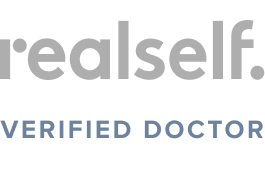Urinary Incontinence Treatment
Serving Chevy Chase, Rockville, Bethesda, &
the Washington DC areas, including Alexandria & Arlington, VA.
Urinary incontinence affects millions of women of all ages. One in three women experience bladder leakage during some point in their lifetime. Understandably, one’s quality of life diminishes in proportion to the severity of incontinence. Not only can it be socially embarrassing, but it can result in social isolation, avoidance of physical activities, and additional costs (loss of work, pads, laundry, etc). Medical problems such as spinal cord injury, multiple sclerosis, and Parkinson’s disease may trigger or worsen incontinence. Certain medications such as diuretics may also impact bladder control. It is equally important to understand the severity and impact on a patient’s daily activities and the patient’s goals.











